‘Exuberance on the earth is constant, with or without us.’ Vibha Galhotra
Nature Morte is pleased to present our first solo exhibition of new works by Vibha Galhotra.
The exhibition will
occupy both of the gallery’s spaces with work in divers medias. The exhibition reflects Galhotra’s profound
deliberations on the new age negotiation of Anthropogenic climate change in the present geological age, which is
accelerating rapidly, so is the trauma of loss induced by the climate collapse, colonized biosphere and forced migration due to
floods, droughts, pollution, toxicity, fires, mass extinction and so on. works in the exhibition refers to data graphs of warming
oceans, nuclear warhead powers, sea full of invisible monster the rising fires, extracted, damaged and dry lands, hunted and
imagined futures.
The exhibition's title, Silent Seasons, draws its inspiration from the pioneering and prophetic work
of Rachel Carson, who has written passionately about the future of the planet and all life on Earth. Carson calls for
humans to act responsibly, carefully, and as stewards of the living earth and insists, “In nature, nothing exists alone.”
Galhotra has taken the title of Carson’s book, Silent Spring, and reinterpreted it to cast herself as an observer and
narrator of a future fiction, or soon-to-be reality, of apocalyptic situations. SILENT SEASONS imagines post-apocalyptic
time, based on the present gendered, raced, colonial, and environmental violence that is and will further impel the devastating
patterns of catastrophes one after other.
The centerpiece of the exhibitions is a new film by the artist (on view at Dhan Mill) entitled “Un(promised).”
Combining footage shot in India, Israel and Jordan, and presented in a panoramic format, the 16-minute
film (in color, with sound) revolves around an unidentifiable protagonist, a nomad of both space and time, who
wanders through a non-descript yet dramatic landscape which is slowly collapsing from a dearth of sustenance and
resources. Through the body, experience, and memory of the protagonist, who aimlessly walks through vast
landscapes before an eventual collapse, Galhotra speaks of a humanity that has been pushed into an unbearable
toxicity due to the prevalent forces of capitalism and exploitation.
Also displayed at Dhan Mill will be a new installation entitled Conference of the Invisible. Composed of 13 large glass
panels that have been etched with the images of jellyfish, this ghostly panorama engulfs the viewer into a liminal
space that is neither earthly nor aquatic, barely visual and only hesitantly physical. Galhotra has chosen jellyfish as
her subject because they have survived since prehistoric times but will also be one of the few species that will flourish
in the on-coming transmogrifications of Nature. Completing the display at Dhan Mill will be Future Fables, a six-
channel video work, which examines our current ecological crisis as the result of a mechanistic view of the earth,
where nature exists only as a resource for humans to use and abuse, rather than as a force of its own, full of agency
and meaning.
The exhibition continues in our Vasant Vihar gallery space. There, the centerpiece will be a work entitled Chronotope,
crafted in Galhotra’s signature material of ghungroos, a technique she has developed as it enables her to replicate
digital pixels into physical surfaces with an almost jewel-like presence. Chronotope reproduces a data graph of global
sea surface temperatures, recording the warming of oceans and the resulting changes in weather patterns, as
monitored by the National Oceanic and Atmospheric Administration. For the artist, there is a logic in building the large
image slowly, as the ghungroos are similar to beading, and the slow process mimics the scale at which climate
change takes place, with an almost infinitesimal procedural duration.
Other works on view in Vasant Vihar will include Nuke Love, in which the global proliferation of nuclear warheads is
rendered in the materials of an abject poverty, and Bygone Lands, a series of collage works that disfigure
idyllic images of nature found in travel magazine advertisements. These and other works
implicate the conundrum of human activity and even goodwill into the accelerating creation of
dystopian ecologies.
Vibha Galhotra’s oeuvre, including sculptures, installations, photographs, videos, site-specific work, and public art
interventions, addresses the shifting topography of a world being radically transformed by climate change,
consumerism, capitalism, and globalization. Propelled by the constant negotiation between human beings and their
ecosystems, Galhotra’s practice utilizes intensive research and intuitive imagination to investigate the social,
economic, and political implications of human activity on the environment. She draws from varied disciplines,
including the fine arts, ecology, economics, science, spirituality, and political activism to inform a poetic visual
response to the environmental changes and restructuring of culture, society, and geography occurring in today’s
world.
![0a.Silent Seasons - Installation View - [Un]promised](http://vibhagalhotra.com/wp-content/uploads/2023/01/0a.Silent-Seasons-Installation-View-Unpromised-2.jpg)
![1.Silent Seasons - Installation View - [Un]promised](http://vibhagalhotra.com/wp-content/uploads/2023/01/1.Silent-Seasons-Installation-View-Unpromised-1.jpg)
![2.Silent Seasons - Installation View - [Un]promised](http://vibhagalhotra.com/wp-content/uploads/2023/01/2.Silent-Seasons-Installation-View-Unpromised-1.jpg)


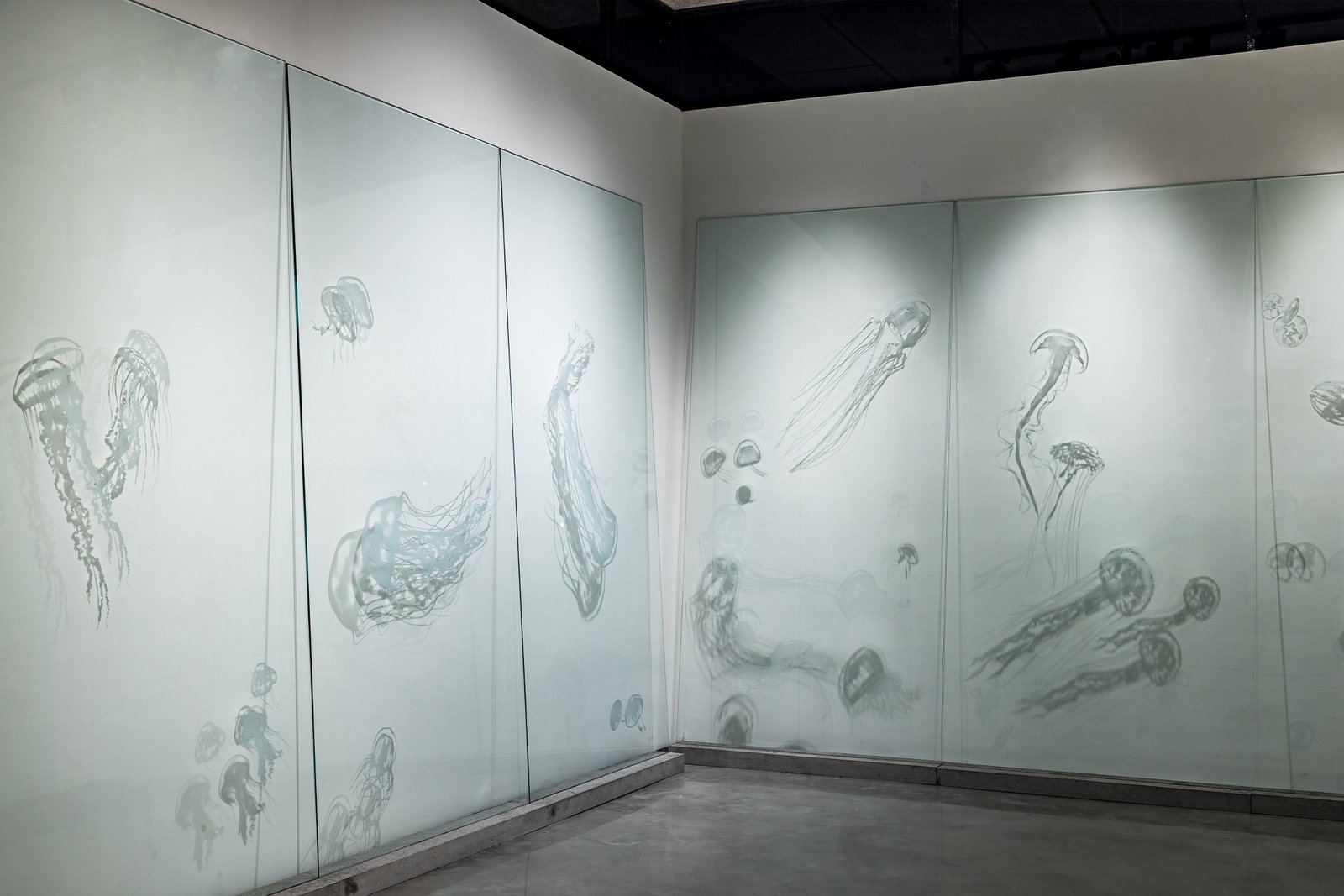

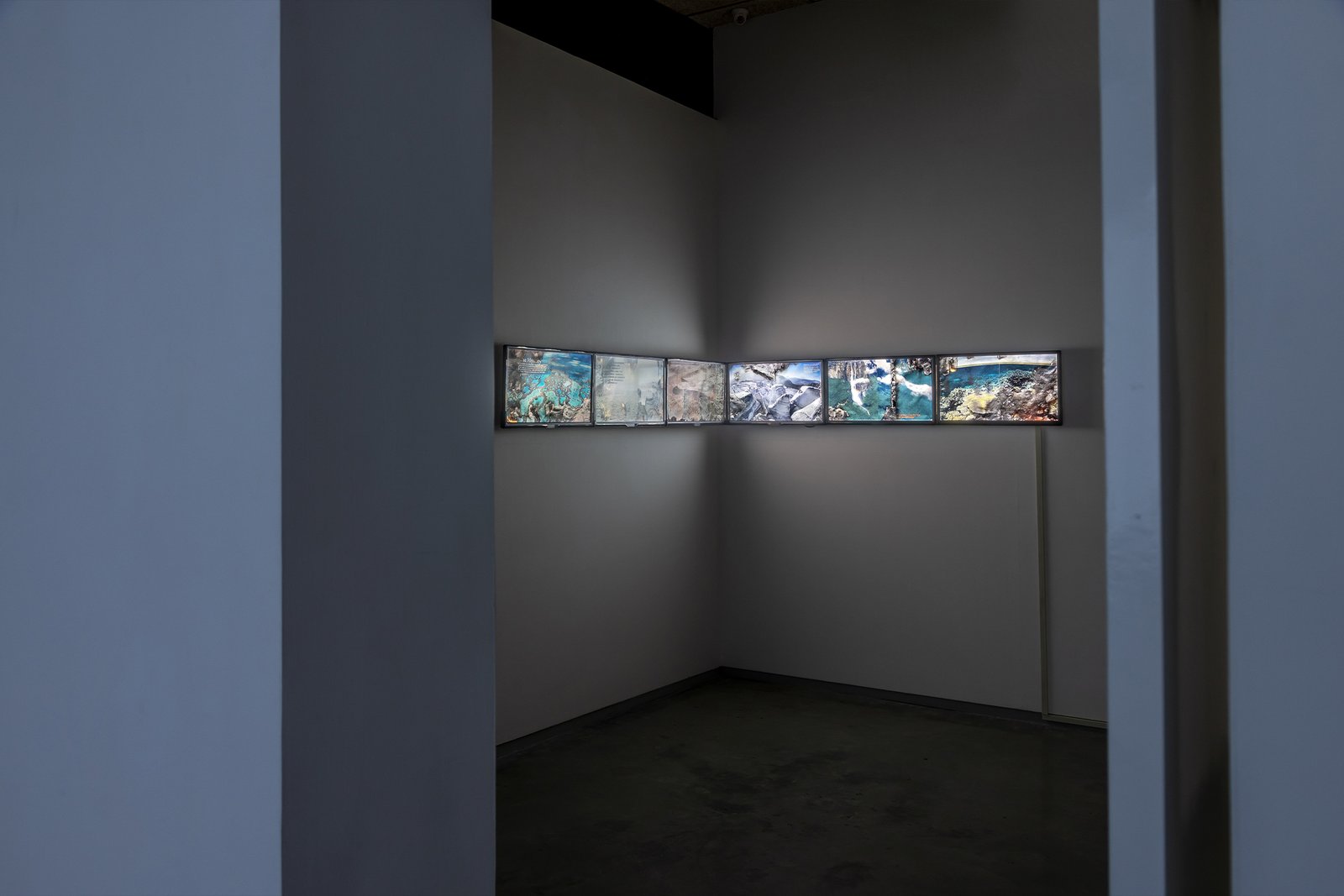

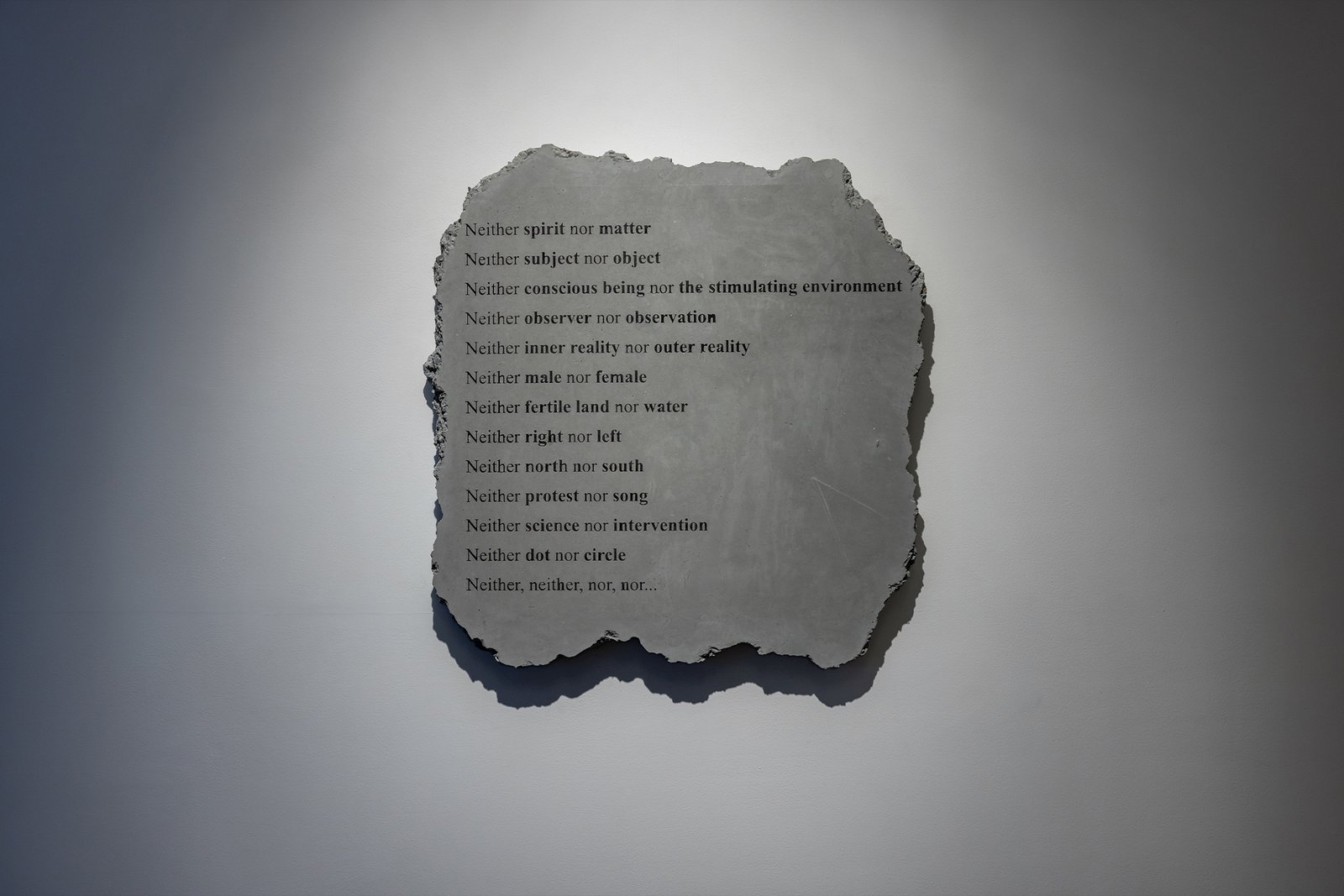

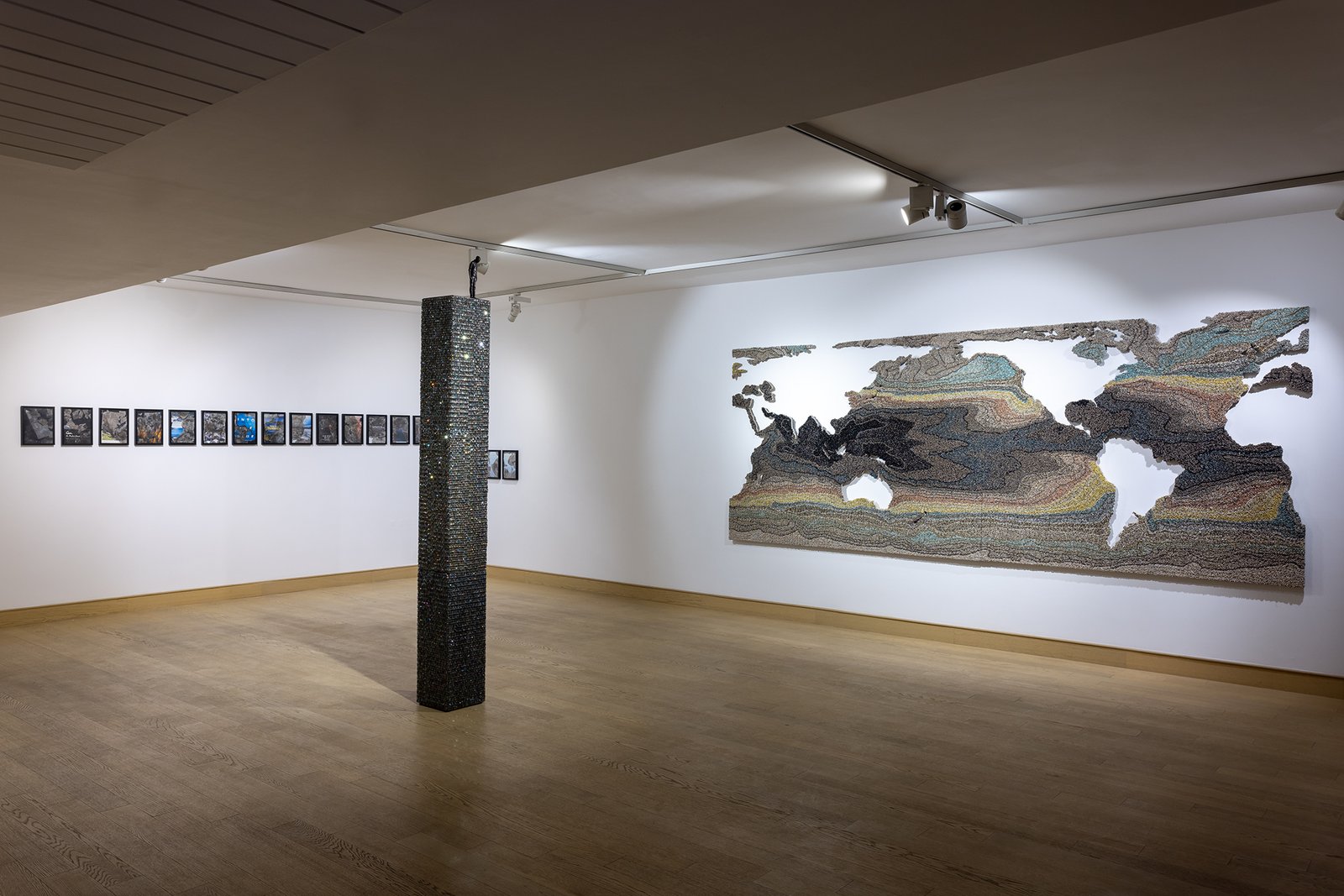
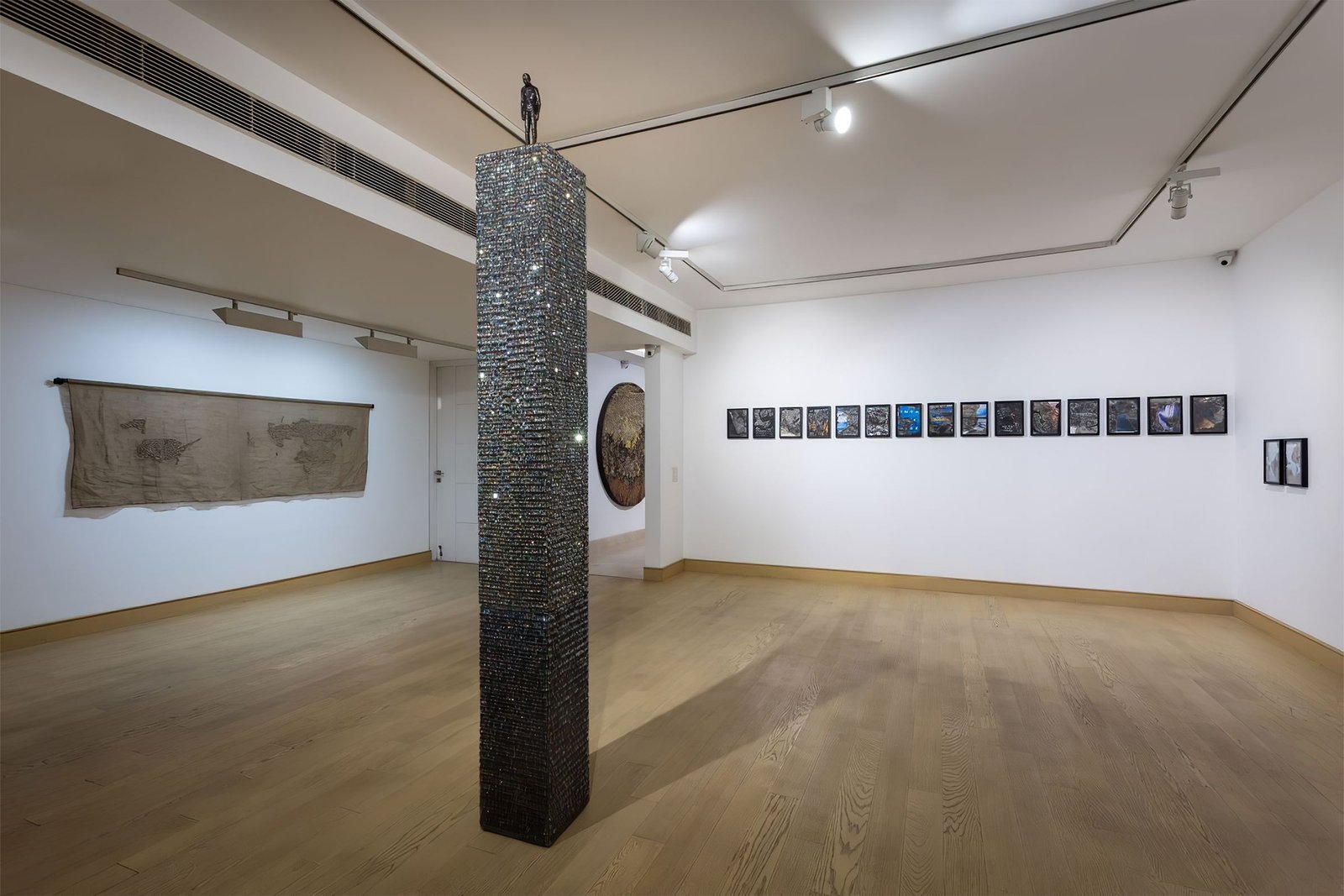
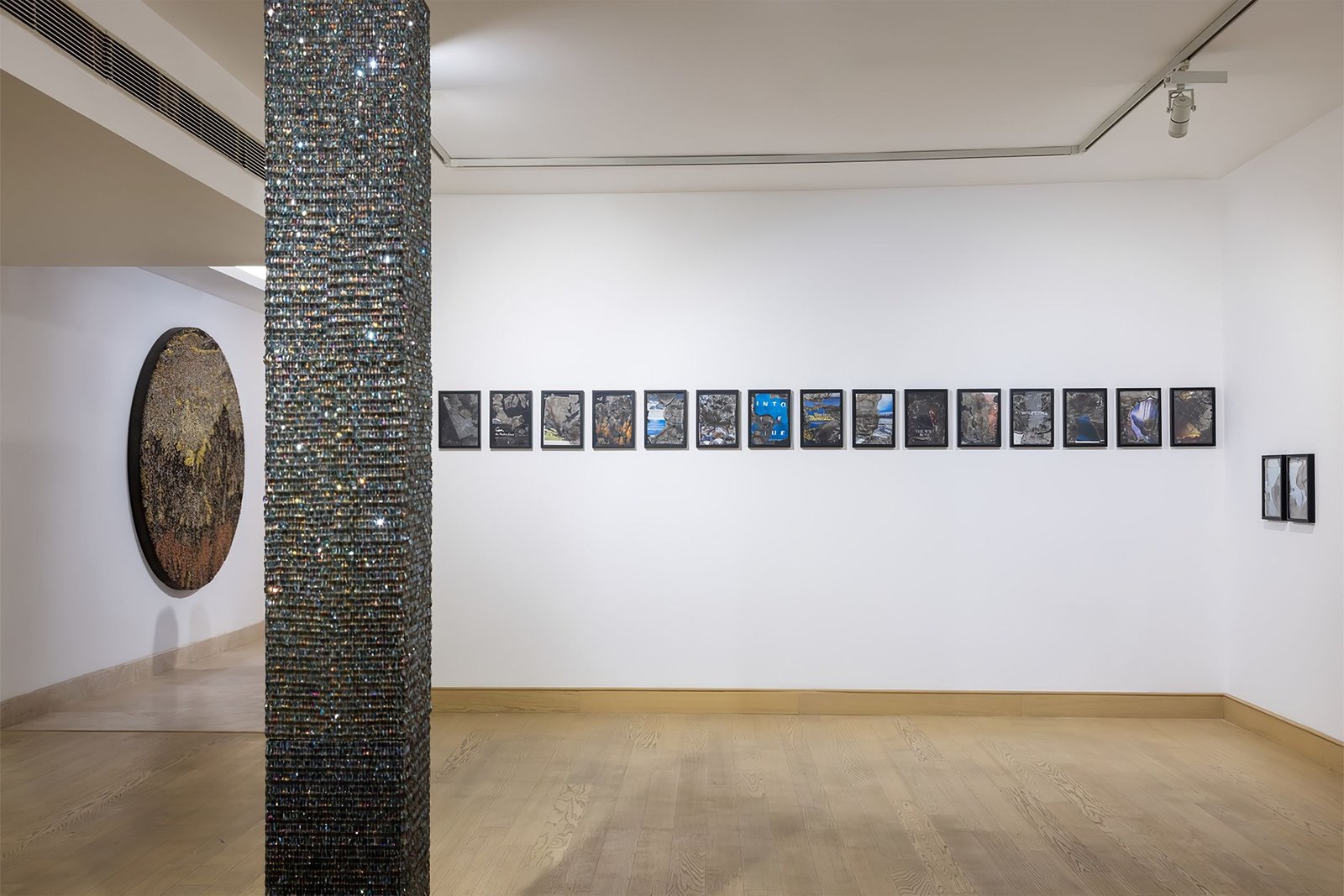
![0a.Silent Seasons - Installation View - [Un]promised](http://vibhagalhotra.com/wp-content/uploads/2023/01/0a.Silent-Seasons-Installation-View-Unpromised-2.jpg)
![1.Silent Seasons - Installation View - [Un]promised](http://vibhagalhotra.com/wp-content/uploads/2023/01/1.Silent-Seasons-Installation-View-Unpromised-1.jpg)
![2.Silent Seasons - Installation View - [Un]promised](http://vibhagalhotra.com/wp-content/uploads/2023/01/2.Silent-Seasons-Installation-View-Unpromised-1.jpg)










